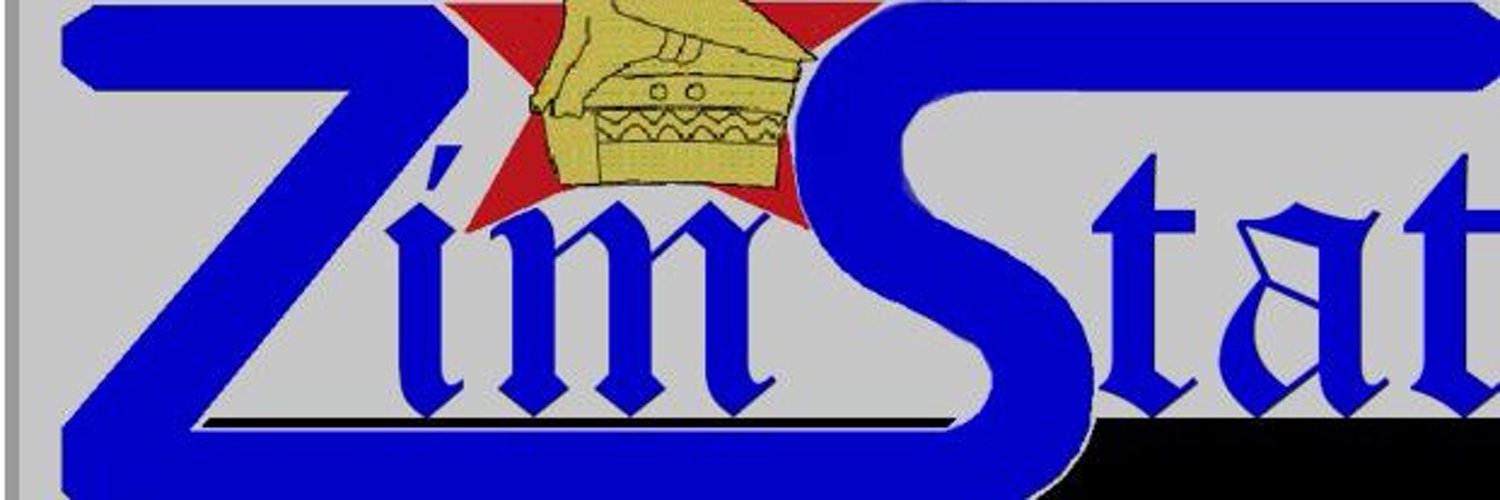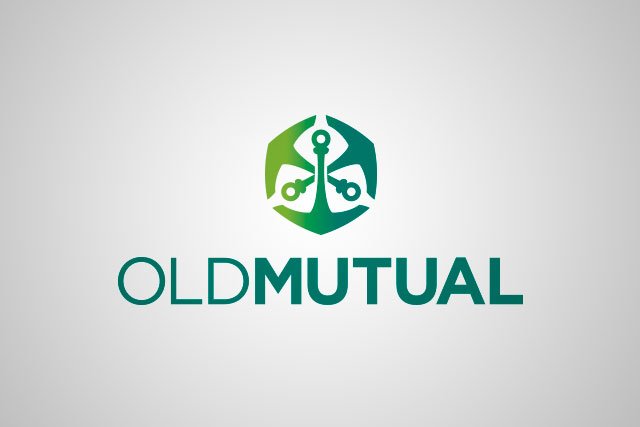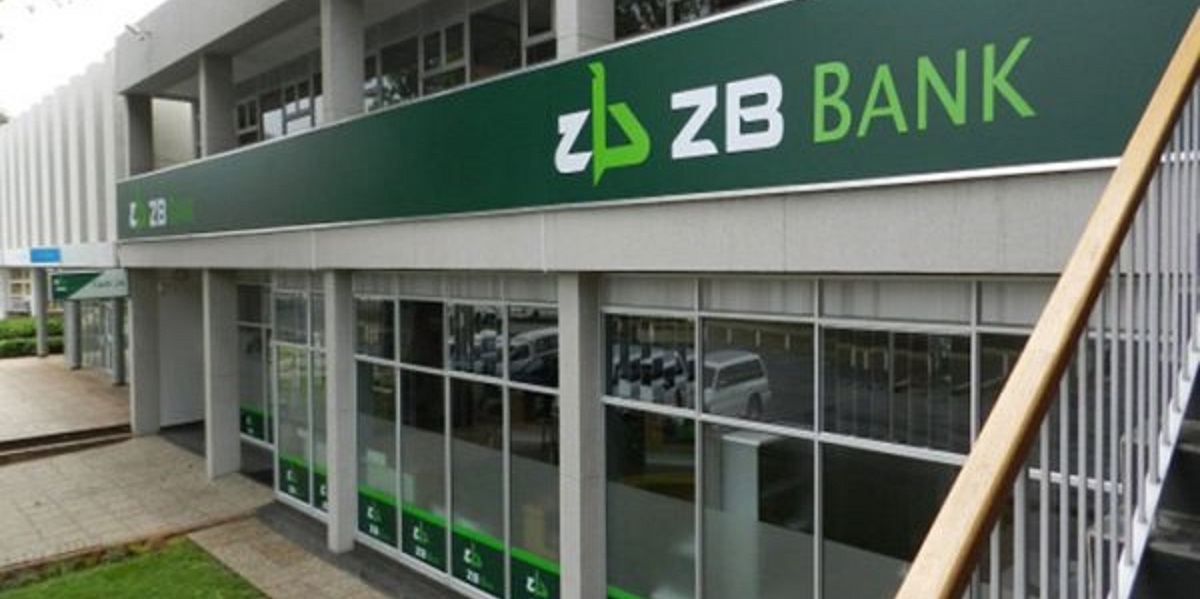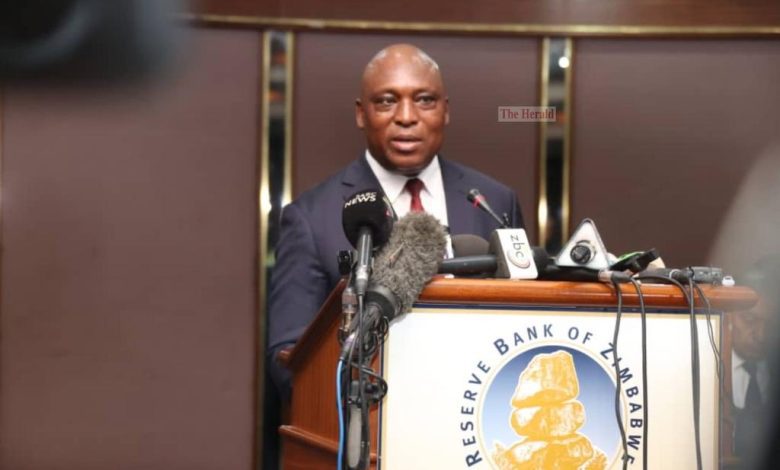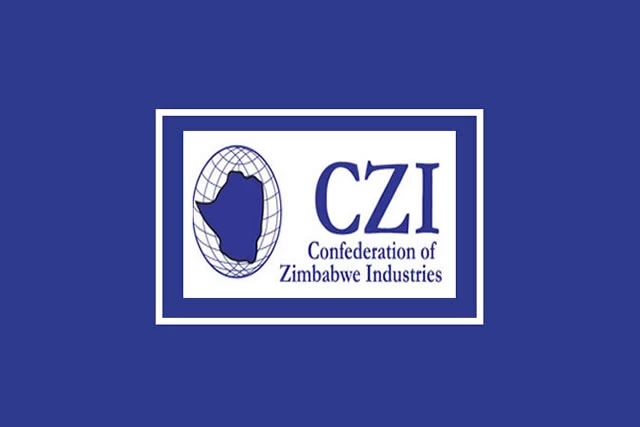Exchange rate premium should drop to 10 pc: CZI
Zimbabwe should aim for an exchange rate premium of between 10 and 15 percent, the Confederation of Zimbabwe Industries (CZI) says, after noting the 11percentage point decline in the premium between October 2024 and February 2025.
The influential industrial lobby attributed the decline in the exchange rate gap to the central bank’s tight monetary policy stance.
The tight monetary policy stance is based on the need to foster central bank policy credibility and trust, which are expected milestones under the Reserve Bank of Zimbabwe’s Strategy Plan (2025-2029).
Similarly, the Treasury has adopted a tight fiscal policy position, committing to limit public expenditures to resources allocated in the National Budget.
Previously, Zimbabwe incurred unsustainable budget deficits as the Treasury spent beyond its means, including by taking overdrafts from the central bank.
As such, Zimbabwe suffered from several bouts of exchange rate volatility, which has a direct correlation with inflation dynamics.
Domestic currency prices in Zimbabwe track movements in the US dollar exchange rate.
The volatility in the local currency fuelled inflation, which reached 208 percent, annualised, at the last official count in July 2008 during the hyperinflationary period. The International Monetary Fund measures the annual rate to have scaled even higher.
A distorted exchange rate has also given businesses nightmares in Zimbabwe, making pricing in line with the official exchange rate difficult, yet violations are punishable by the central bank’s Financial Intelligence Unit.
But Zimbabwe’s domestic currency inflation has relatively stabilised since the country scrapped its Zimbabwe dollar and replaced it with the gold-backed Zimbabwe Gold (ZiG) which is stronger.
CZI noted that the exchange rate premium had narrowed from 39 percent in October last year to 28 percent as of February 2025.
“The parallel market premium continues to decline as the ZiG appreciates in the parallel market and depreciates in the official market.
“The ZiG depreciated on the official market by about 5,5 percent while appreciating on the parallel market by about 2,9 percent between the period 1st of October 2024 to the 26th of February 2025,” CZI said in its Inflation and Currency Developments report for February.
The business lobby group said the decline in the parallel market premium could be attributed to the tight monetary policy stance that is being implemented by the Central Bank, which has brought about some relative stability on the currency front.
“A parallel market premium of around 10-15 percent is often regarded as normal, given that many economies always have a parallel market.
“Thus, reducing the premium to around 10 percent will go a long way in creating demand for ZiG as players would become indifferent to holding either currency,” CZI said.
The narrowing exchange premium has also manifested in low inflation.
But economist, Farai Mutambanengwe, said exchange rate premiums, in whatever form, were not a desirable situation, as it distorted pricing.
“The whole concept or idea of a premium is flawed because what we should just have is a market-determined exchange rate because the moment you have distortions in the exchange rate, inevitably you are going to have problems,” he said.
Mutambanegwe dismissed assertions that low premiums existed in countries that use market-determined exchange rates.
“Greater exchange rate flexibility in the foreign exchange interbank market, anchored by tight monetary conditions, has also gone a long way in supporting the current stability,” RBZ Governor Dr John Mushayavanhu said while presenting the 2025 Monetary Policy Statement on January 6.
CZI noted that after starting the year on a high rate, the ZiG month-on-month inflation declined to settle at 0,5 percent in February 2025. The February 2025 inflation rate fell 10 percentage points from a very high rate of 10,5 percent recorded in January 2025.
“A month-on-month inflation rate of below 1 percent is crucial to instill confidence in monetary policy. Sudden swings or fluctuations in inflation rates that used to characterise the month-on-month inflation trends, for example, over the period November 2024 to February 2025, need to be avoided for the confidence to start trickling in,” CZI said.
CZI said the 2025 monetary policy statement forecast inflation to continue to fall, with monthly inflation seen averaging below 3 percent in 2025, consistent with exchange rate stability.
The central bank also forecasts annual inflation to end the year between 20 and 30 percent.
The ZiG CPI for February 2025 was about 184.6, meaning that ZiG inflation since April 2024, when it was introduced, has been elevated.
“Thus, unless the CPI starts to decrease (negative month-on-month inflation), the ZiG annual inflation target will be difficult to meet,” CZI said.-ebsinessweekl


